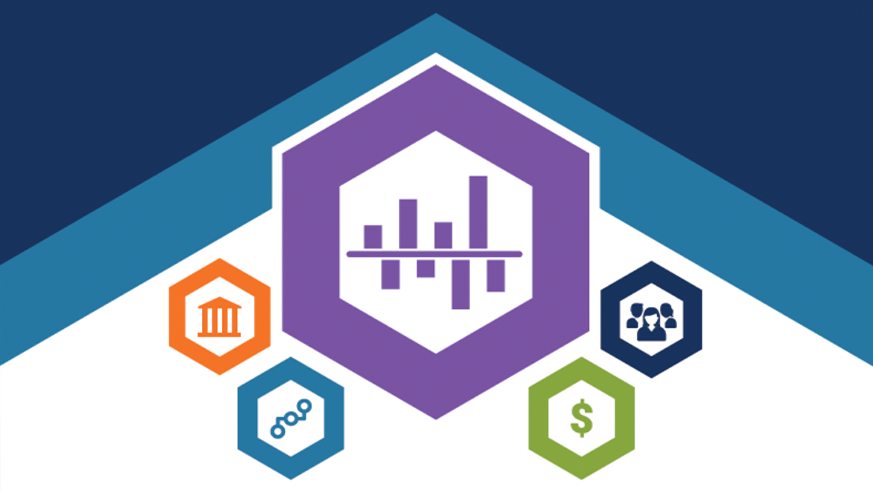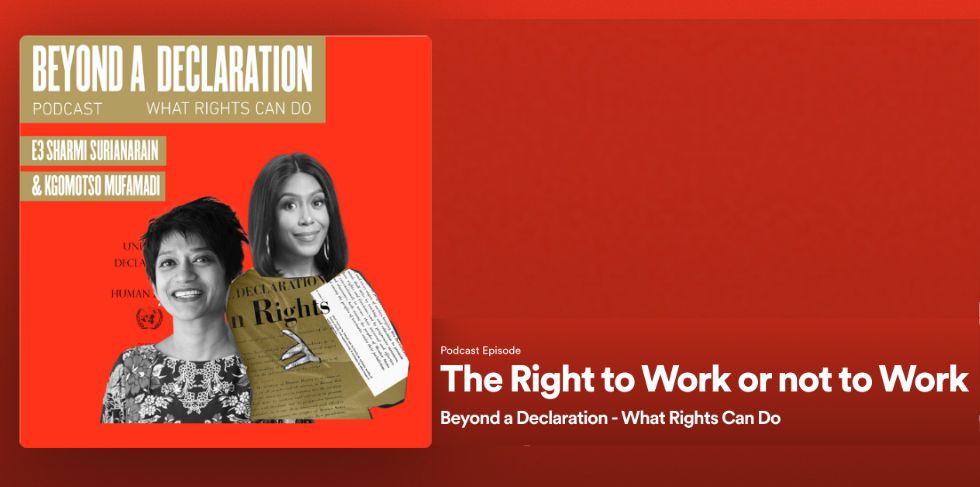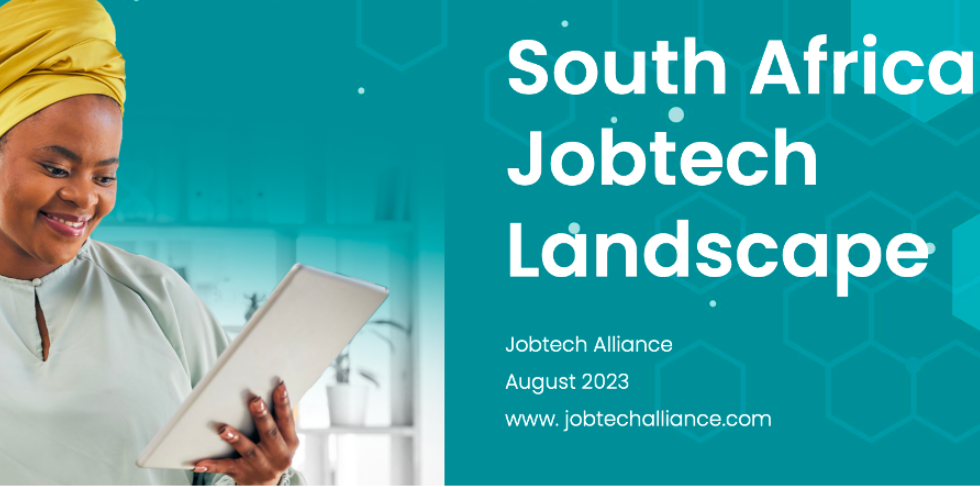Big data, small data, lean data, data privacy, machine learning – these are just a few of the current data trends that social enterprises have to comprehend while advancements in data science continue to evolve around them at a rapid pace. However, in order to unlock the potential of data to scale impact, the approach must be grounded in equity, ensuring that all stakeholders have a voice so that you are not scaling bias as you go. In the newest resource from Scaling Pathways, Using Data to Power Scale, we begin with tips, tactics, and examples from social enterprises and existing research to help you lay this critical foundation of equitable and inclusive data practices.
While this journey is by no means quick or easy, we share three key questions and a few examples below to help organisations get started. Read the full Using Data to Power Scale paper for additional best practices on building equity into your data strategy, as well as many other tips and tools on how to use data to drive scale.
Question 1: Who Determines What Gets Measured?
Too often, social enterprises collect data about their clients without consulting them in the process or even truly understanding what is important to them.
For example, we share how Harambee Youth Employment Accelerator recognized the tendency to create metrics that merely hold the organization accountable to itself and its funders for activities delivered. Thus, instead of creating measures, such as, “have had x conversations with a young person on phone,” which center on the organization, it collects data that holds itself accountable to the clients that the mission is intended to serve: youth that are currently unemployed. Data centers the young person, even being written in their voice, such as “I [young person] am supported in the network” and “I [young person] secure a work opportunity.”
Action: Take stock of your existing metrics, and provide opportunities for your clients to help define what data points matter.
Question 2: How Is It Measured?
The methods employed to collect data can easily perpetuate inequity and bias if not thoroughly interrogated.
For example, we greatly appreciate the insights from Chicago Beyond’s Equity Series, and share some of their examples of how inequity can be built into metrics, such as “measuring housing ‘overcrowding’ for participants from a culture that values extended family,” or “measuring ‘progress’ on self-actualization for participants from a culture that prizes interdependent families over independent individuals.”
Action: Interrogate your data collection methods—the questions that are asked, how they are asked, and who they are asked by—to identify biases and find ways to capture the true experience and insight from your constituent groups.
Question 3: Who Gets to Analyze and Interpret the Data?
The individuals and groups who are the subjects of data collection should have the opportunity to actively use and interpret the data, and their voice and experience should be brought to bear in decision-making stemming from that data.
For example, we share how Damon Francis, Chief Medical Officer of Health Leads, warns that merely providing an opportunity for and tracking client insight is insufficient if it does not lead to shared decision-making power. “People get very tired of giving advice that isn’t followed. A pathway to increased authority via participation in governance is really important.” For example, Federally Qualified Health Centers have long been required to have governing boards in which patients constitute a majority of members, and this design ensures that insights from those most affected by inequities are closely connected to decisions about budgets and organizational strategy.
Action: Slow down. Work with stakeholder groups to understand what data they want, and in what format. Ensure that diverse stakeholders have a voice in interpreting the data and translating it into action.
For more tips, tactics and insights from leading social enterprises on how to embed equity when laying the foundation for using data at scale, check out Using Data to Power Scale. Once you have created this solid foundation, the paper can help you set critical building blocks (e.g., creating a learning culture, deciding what data to collect, building appropriate data infrastructure) and ultimately pursue more advanced data approaches (e.g., systems change measurement, machine learning) to drive impact at scale. Visit www.ScalingPathways.com for more resources to assist you on your journey to scale.
Scaling Pathways is a collaboration between CASE at Duke University, USAID, the Skoll Foundation, and Mercy Corps and was launched with funding from the Innovation Investment Alliance.
The original article was published on June 24, 2020 by Tara Schoenborn. Access it here: https://centers.fuqua.duke.edu/case/2020/06/24/from-scaling-pathways-to-power-impact-at-scale-equity-and-inclusiveness-must-undergrid-data-strategy/
Read the full case study here: https://centers.fuqua.duke.edu/case/wp-content/uploads/sites/7/2020/06/ScalingPathways_UsingDataToPowerScale_June23_2020_FINAL.pdf





 Stay Connected
Stay Connected

